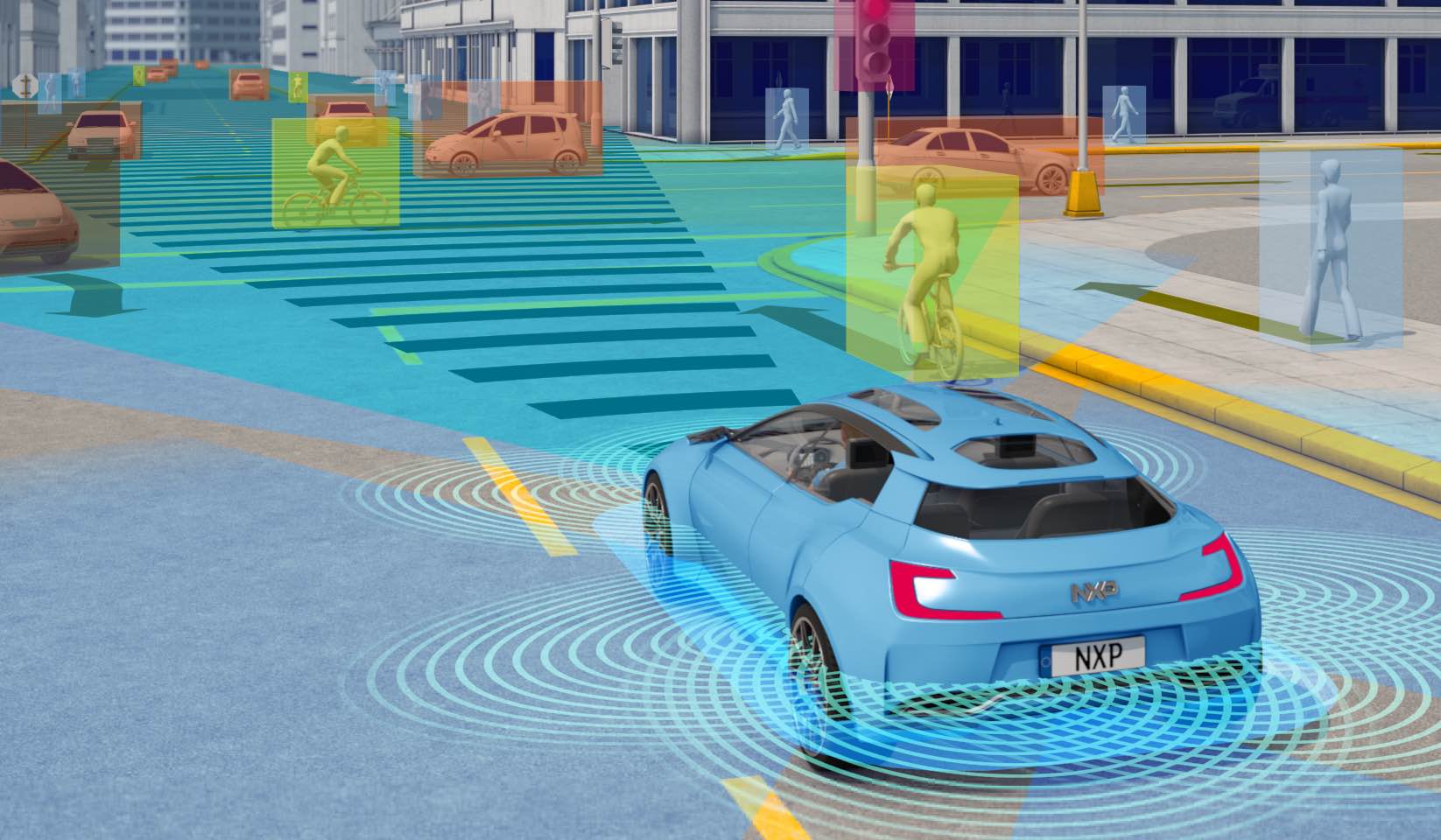 Senate environment committee chairman Barbara Boxer (D-CA), at podium, with Transportation Secretary Ray LaHood at her right, joined Metro bus repair staff and transit officials on Friday. (Photo: LA Streetsblog via Flickr)
Senate environment committee chairman Barbara Boxer (D-CA), at podium, with Transportation Secretary Ray LaHood at her right, joined Metro bus repair staff and transit officials on Friday. (Photo: LA Streetsblog via Flickr)Friday was billed as a day to discuss the next long-term federal transportation legislation, but the day turned in to a stirring defense of the Obama administration's economic stimulus law and ended with a commitment
from Senate environment committee chairman Barbara Boxer (D-CA) to do all she could to help turn Los
Angeles into a transit town within the next 10 years.
Following a morning press conference by local transportation
reformers, labor leaders and environmental advocates, Boxer and Transportation Secretary Ray LaHood held their own event, flanked by Metro
mechanics and board members at downtown L.A.'s bus refurbishment center. While the advocates were focused on the future, Boxer and LaHood spent
much of their time talking about the past, most notably the year-old stimulus law, recent high-speed rail grants received by
California, and last week's TIGER grants.
"Stimulus funds
are hard at work everywhere you look, from the 405 and on L.A.'s light
rail system!" LaHood exclaimed. The local Gold Line Eastside Extension transit project received nearly $67 million in stimulus funds, while the massive
widening of the I-405, the largest highway project funded by stimulus
dollars, got just under $190 million.
LaHood also
seemed particularly pleased about the TIGER grants, pointing out how
well Boxer had lobbied on the state's behalf. He returned to this
theme repeatedly, which drew a tepid response from his audiences in the
Boxer-Lahood press conference and a later town hall -- probably because Los Angeles County did not receive any TIGER funding.
Most of the
day's news was made back at Metro
headquarters during the town hall meeting. Boxer outlined a timeline for the next six-year federal transport bill -- which the White House has sought to delay until spring 2011 -- and vowed
to do all she could to accelerate transit projects in L.A. County to "vindicate the will of the people,"
in the words of Mayor Antonio Villaraigosa.
"I
hear you. I get it. I'm all over it." With those ten words, Boxer embraced local efforts to complete all Measure R
transit projects within the next 10 years and turned Denny Zane and
the Move L.A. Coalition into the most influential transit group in
Southern California.
Zane was the central figure in creating and promoting L.A.'s "30
in 10" plan, most recently at Friday's first press event. Boxer noted that there are some local laws already on the books
that could help move projects faster than Measure R's current 30-year timetable, and that if other laws need to be changed, she would do
all she could to help make those changes.
As for federal legislation, Boxer signaled her intent to pass her version of the next transport bill, dubbed "MAP 21," by the end of the year. However, she had no answers to questions about extra funding for the nation's highway trust fund to supplement dwindling gas tax revenues, nor would she commit to any new funding formula,
such as a guaranteed set-aside for transit.
She also avoided
discussing the legislation already offered by House transportation committee chairman Jim Oberstar (D-MN), suggesting that a
bicameral plan for reauthorizing federal programs hasn't been created yet.
She
did, however, push the audience to call Congress, especially
Republicans, to support the Senate jobs bill that will be voted on this
Monday. Part of that legislation would extend the 2005 federal transportation law until December 31, under the current funding
scheme.
LaHood also signaled support for "30 in 10" in
the afternoon, so he must have had a major change of heart from the
morning. At the morning press conference, he brushed off a question by
The Source's Steve Hymon on future federal spending on the Subway to
the Sea and Downtown Connector with a terse "I'm not going to evaluate
projects in front of you."
By the afternoon, he was saying that after
speaking with Villaraigosa he would do what he could to help the city
reach its transit dreams: "We'll work to leverage the Measure R funds."
In
addition to the three major topics, there were three other interesting
asides during the question-and-answer portion of the discussion. The
first was a terse exchange between Boxer and Keith Millhouse,
the chairman of the Metrolink board of directors. Referencing the $50
million that the federal government allocated for safety systems known as
positive train control following the September 2008 Chatsworth crash, Millhouse tried to put the two on the spot to guarantee
Metrolink the rest of the funding.
Boxer roared back that
while the federal government is working to line up funding
for every rail system to have positive train control systems, it's up to Metrolink to do everything it can to keep their
trains safe in the short term. The two continued a back-and-forth over
whether Metrolink should have two engineers at the front of each train
as well as a camera.
Millhouse wouldn't commit to that, while Boxer
wouldn't commit to a timeline to get Metrolink its positive train control funding.
The
next audience member to speak was Paul Dyson, the president of the Rail
Passengers Association of California and Nevada. Dyson stood up for Millhouse, claiming that he knew of many examples of crashes being caused by
a pair of engineers distracting each other. Boxer asked Dyson to send
along those instances but seemed doubtful they existed.
Having
riled Boxer, Dyson turned to LaHood and questioned the $2.25 billion high-speed rail grant given to California. Dyson pointed to the huge
cost of the proposed project to connect Anaheim to the Bay Area -- nearly $40
billion -- and commented that the grant was too small to be useful in
construction and too large to not be wasted by bureaucrats. For the
second time that day, LaHood lost his cool and fired back:
This is the first time I’ve ever heardsomeone say they didn’t want $2.25 billion after working on high-speedrail for 10 years ... Your argument is ridiculous. The reasonthat we gave that money to California is because you’ve done a good job. If you think it’s being mismanaged, come forwardand tell us about it. We don’t find that to be the case.
LaHood's was a somewhat amazing claim, as there has been plenty of criticism of
the High Speed Rail Authority in California covered in such small local
papers as the San Francisco Chronicle and Los Angeles Times. (The California High Speed Rail Blog had a different take on LaHood's claim that criticism of the state's high-speed rail award is a novel sight.)
When LaHood dismissed Dyson with a joke about sending those
complaints along with his proof that engineers can distract each other
along to Boxer, he managed to get a laugh and show a disconnect with
the local debate, all at the same time.
Finally, Boxer
had a strong message of support for transit advocates on federal operating aid. Responding to a question from Esperanza Martinez of the Bus Riders
Union, Boxer pointed out that it doesn't make a lot of sense to build a
world class transit system if you can't afford to operate it. LaHood had pointed out earlier in the day that both the administration and Boxer support legislation that would make it easier for big-city transit agencies to
spend federal dollars on operations.
For more on Friday's events, The Source has two stories: one on LaHood and Boxer's press conference and one on the invitation-only town hall meeting.





